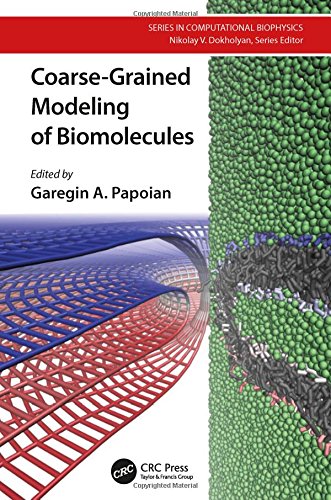

Most ebook files are in PDF format, so you can easily read them using various software such as Foxit Reader or directly on the Google Chrome browser.
Some ebook files are released by publishers in other formats such as .awz, .mobi, .epub, .fb2, etc. You may need to install specific software to read these formats on mobile/PC, such as Calibre.
Please read the tutorial at this link. https://ebooknice.com/page/post?id=faq
We offer FREE conversion to the popular formats you request; however, this may take some time. Therefore, right after payment, please email us, and we will try to provide the service as quickly as possible.
For some exceptional file formats or broken links (if any), please refrain from opening any disputes. Instead, email us first, and we will try to assist within a maximum of 6 hours.
EbookNice Team

Status:
Available4.5
34 reviews"The chapters in this book survey the progress in simulating biomolecular dynamics…. The images conjured up by this work are not yet universally loved, but are beginning to bring new insights into the study of biological structure and function. The future will decide whether this scientific movement can bring forth its Picasso or Modigliani." –from the Foreword by Peter G. Wolynes, Bullard-Welch Foundation Professor of Science, Rice University
This book highlights the state-of-art in coarse-grained modeling of biomolecules, covering both fundamentals as well as various cutting edge applications. Coarse-graining of biomolecules is an area of rapid advances, with numerous new force fields having appeared recently and significant progress made in developing a systematic theory of coarse-graining. The contents start with first fundamental principles based on physics, then survey specific state-of-art coarse-grained force fields of proteins and nucleic acids, and provide examples of exciting biological problems that are at large scale, and hence, only amenable to coarse-grained modeling.
Garegin A. Papoian is the first Monroe Martin Associate Professor with appointments in the Department of Chemistry and Biochemistry and the Institute for Physical Science and Technology at the University of Maryland.